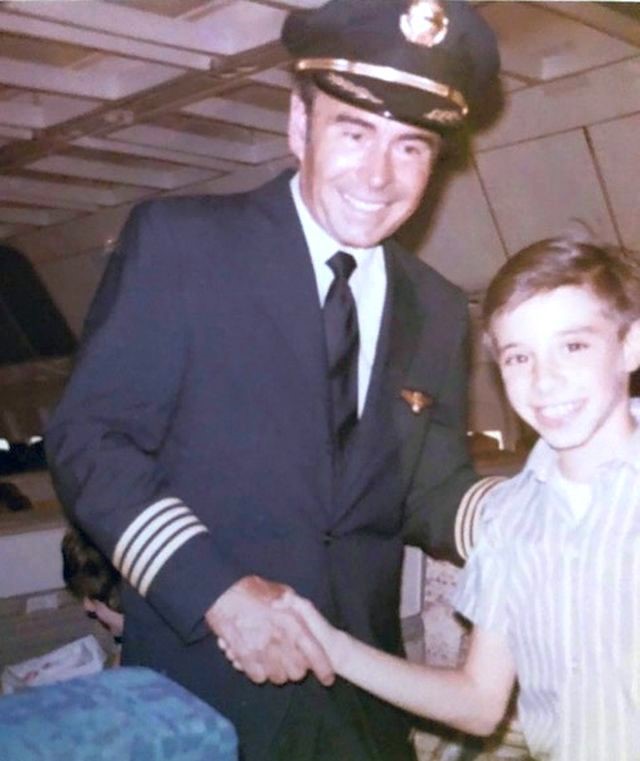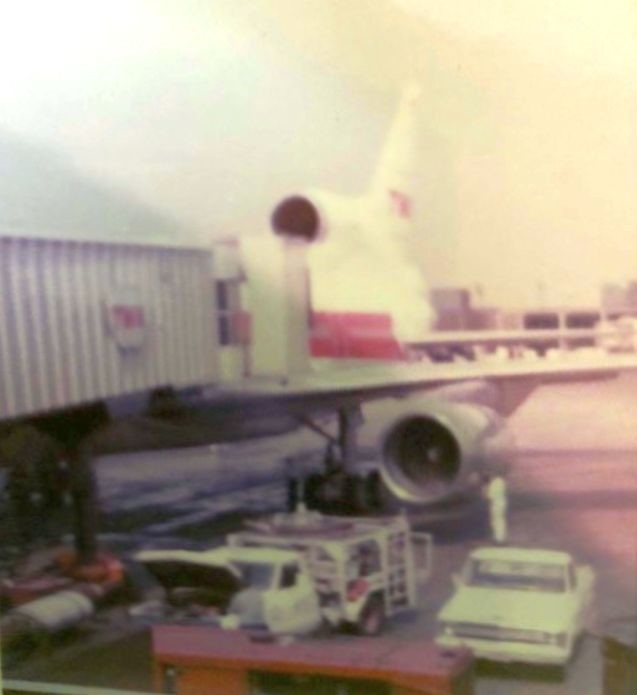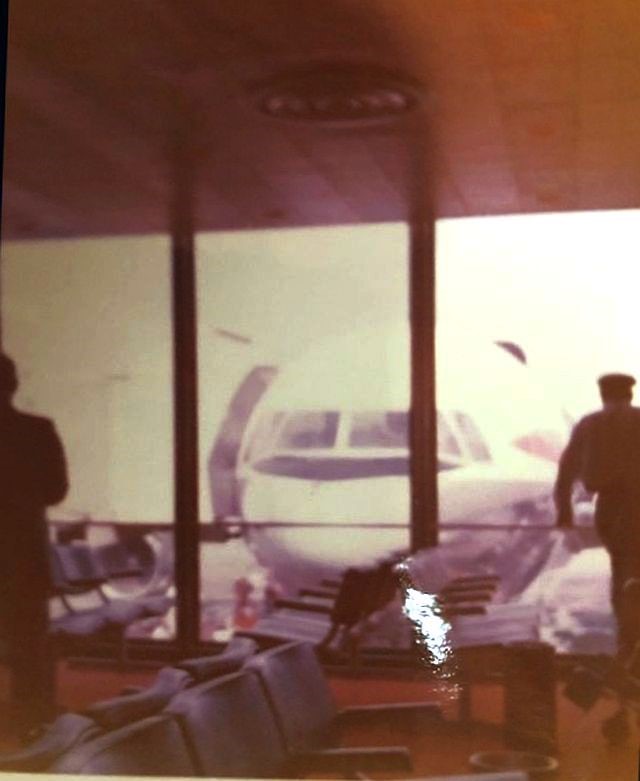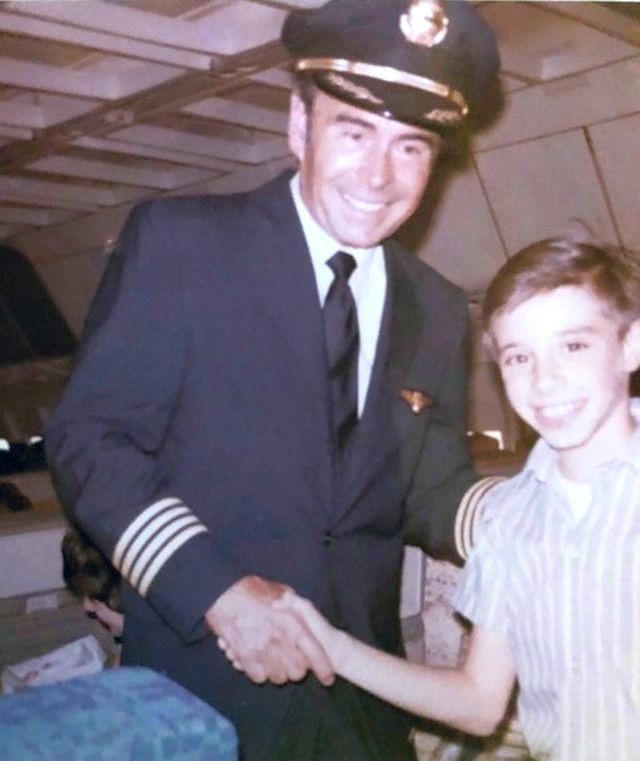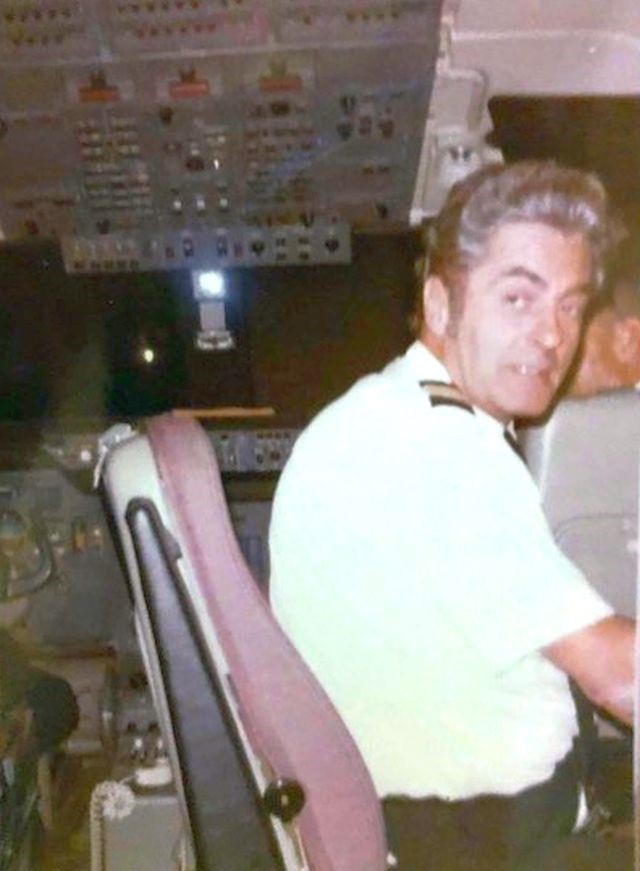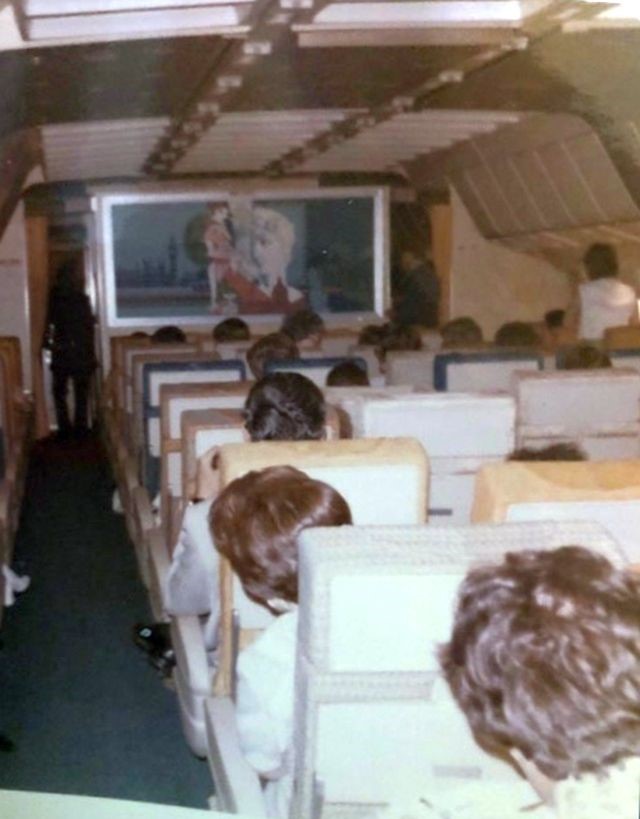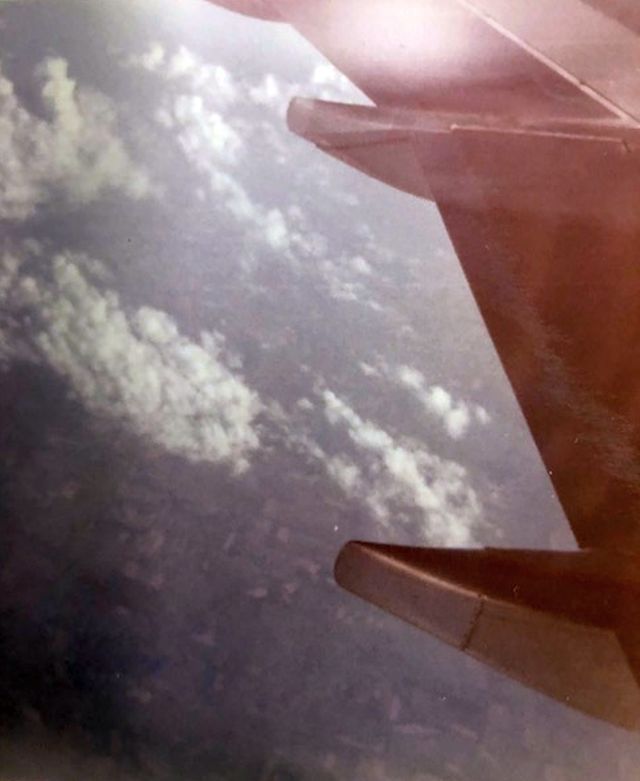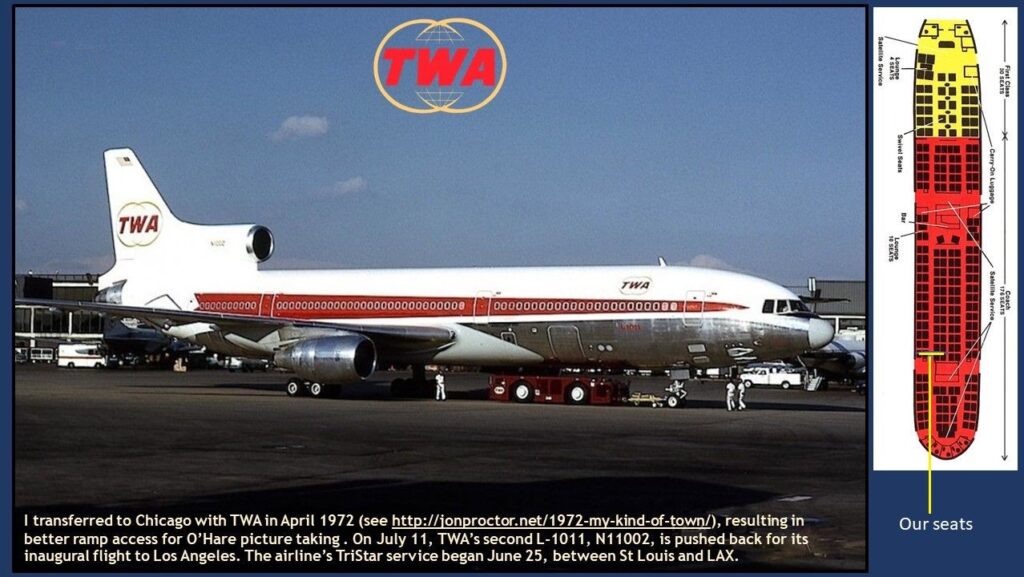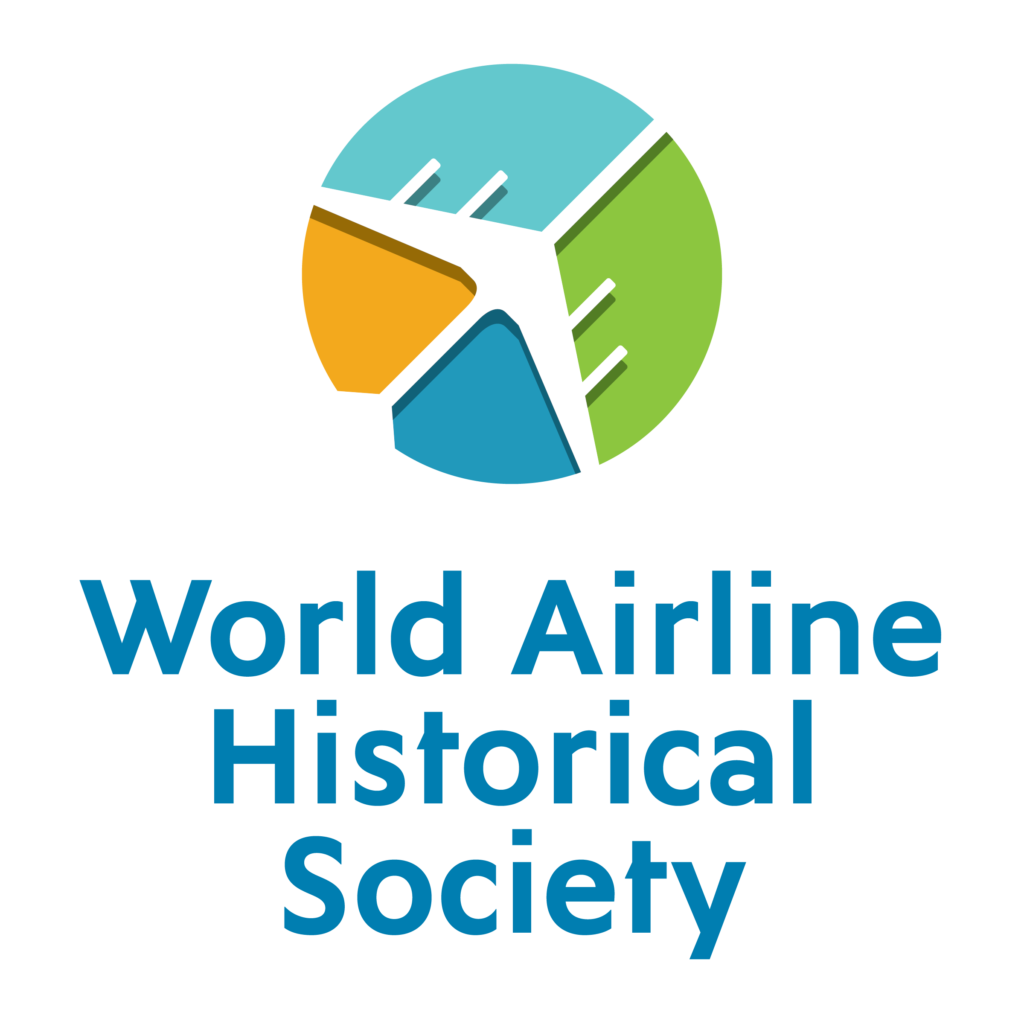880,990,aircraft,Airline,Jon Proctor,Kansas City,TWA
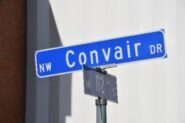
Convair Drive
By Fons Schaefers
Introduction
In the 1970s, civil transport aircraft spotting was quite different from what it is today. Airport security was much more relaxed. Although airport ramps were off limits, at many airports it was easy to find vantage photography spots near runways. Even hangars were not always off-limits. The jet age was less than two decades old. First-generation jets 1 were still being produced and flew in increasing numbers, all but up for phasing out. There was one exception, though: the Convair jets.
In the U.S., American Airlines had disposed of its Convair 990 fleet after only five years of operation. Most went to Europe and the Middle East. Delta had disposed of its fleet of 880s in 1973/74. TWA laid up its fleet of 25 880s around the same time, triggered by soaring jet fuel prices following the 1973 Arab-Israel war. The 880 consumed more fuel than its peers, such as the 707, so it was the first to go. All 25 were parked in one place. In those days, a congregation of so many identical airplanes was extremely rare.
U.S. Visit
Having been a civil aircraft spotter since 1973 and having visited the more exciting airports of Europe, in 1977 I decided to explore another spotters’ heaven: the U.S. Once the hurdle of obtaining a visa was taken (still an issue in those days; ESTA would be invented much later), I could plan my visit. My plan was to cross the entire U.S. in 30 days by Greyhound bus. High on the list were the military storage facility at Davis-Monthan AFB, Tucson, AZ (with a bus tour every second Saturday of the month), some major airports, the Grand Canyon (hoping for a scenic flight by Ford Trimotor, but alas…), Detroit Willow Run (for the Zantop prop fleet), Niagara Falls and Miami (for its corrosion corner). Also on the list was Kansas City.
TWA Convair 880s
Why Kansas City? JP Airline-Fleets, the contemporary spotter’s bible, in its 1976 edition, listed TWA’s congregation of 25 Convair 880s was right there:

In November 1976, the monthly spotter’s magazine Aviation Letter in # 120 reported:

In February 1977, the news was:

So, with some luck, the 880s were waiting to be logged and photographed when I would pass Kansas City on my way from New York to Tucson.
MCI, May 12, 1977
I left New York on Tuesday, May 10, at 7:00 pm, allowing me a brief, sunset visit to STL the next day. Another night on the bus, and I was in Kansas City. A short ride on the KCI Airport Express brought me to the new Mid-Continent International Airport (MCI) with its three circular terminals: A, B and C.
Looking east from the terminal area, I could see the Convairs. Through my binoculars, I identified the four nearest by registration number. But how nice would it be to have a closer look and take pictures? In terminal B, TWA had an information booth. I boldly stepped up and asked them if it would be possible to visit the Convairs. Quite to my surprise, the lady made one telephone call and then announced it was sorted. She handed me a TWA message note and said, “Take a taxi to the maintenance area and ask there for Larry Andrews.” (or words to that effect).

And so I did. Larry was waiting for me and handed me a visitor pass. Together we walked to the Convairs on the ramp east of the new hangar with its outstanding architecture. The sun was shining, casting sharp shadows. I noted the 880s were roughly parked in three rows. We started walking along the front row, with N808TW being the first, and I started taking pictures.
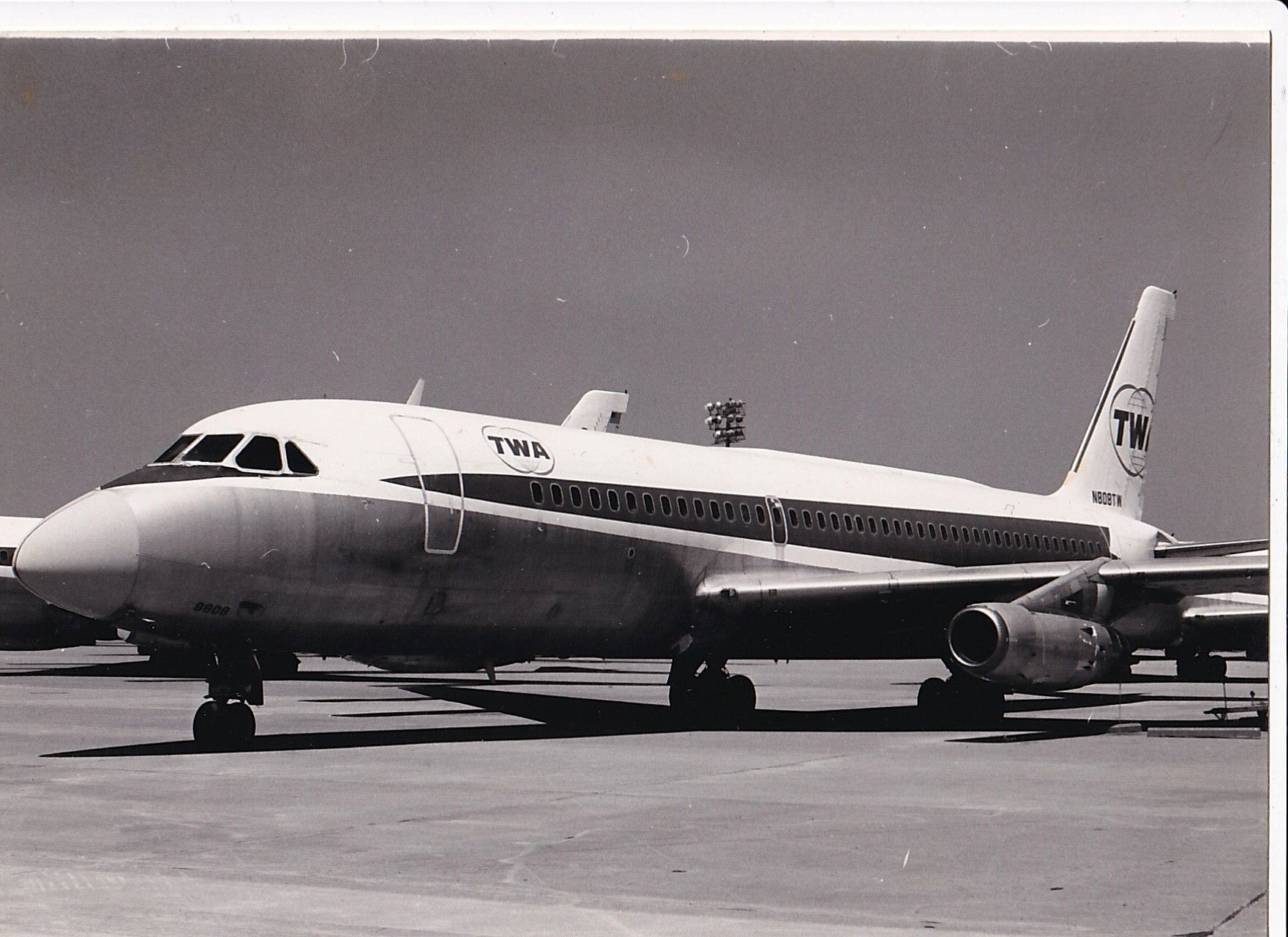


My tactic was not to take a picture of each airplane from the same angle, but rather a mix so that each airplane, including its registration mark on the tail or fleet number on the nose, would later be traceable. Conscious of time and intending not to ask too much of Larry, I went at quite a pace. At the end of the front row, there were some ships parked at an angle to that row. There we moved to the furthest ship and then returned between the middle and the back, constantly taking pictures.





Halfway, I changed the film from black and white to color slides. Larry shadowed me and offered to take a picture of me in front of one of the 880s.




When we were back to the point where we started, I spotted a set of maintenance steps and asked Larry if I could climb those to take some overview pictures. He agreed.

In all, I took about 35 pictures in what I estimate lasted about 20 minutes. Larry was so kind as to drive me back to the terminal area. I thanked him profusely. From a spot close to terminal C I took one final slide of the Convairs from a distance against a backdrop of the characteristic water tower and the KCAC building (which, as I learned much later, housed TWA administration) before continuing my trip through the United States.

One Month Later
Once back at home, with the pictures developed and returned to me (digital cameras were still futuristic), I could make a rough sketch of the parking pattern. For 23 ships, I positively fixed their location. For N828TW and N816TW, I was not so sure.

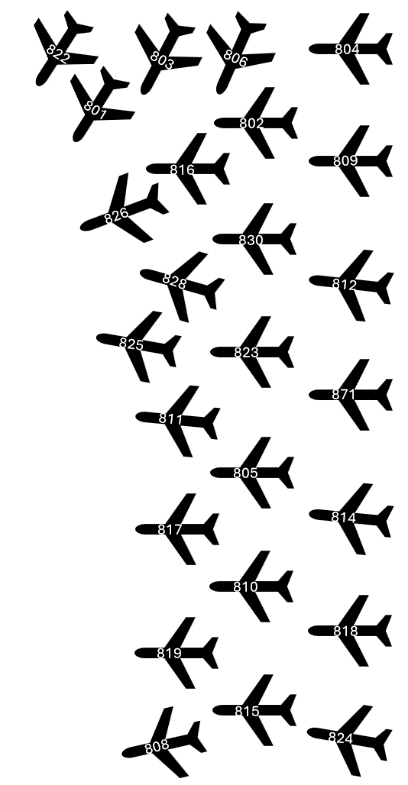
43 Years Later
Life went on, and occasionally, when seeing an article in a magazine about Convair 880s, I hoped there was an aerial picture so that I could validate my sketch. But it was in vain. Even Jon Proctor’s book on 880s and 990s did not have one, nor was he aware of any when I asked him at the WAHS convention in Portland, OR, in 2011. But in May 2020, I was lucky. Searching the internet, I found a picture on the website of the TWA Museum, 43 years after my visit. It had been posted in May 2018.

Now I could verify the actual pattern against my original sketch. Looking again at the overview slide, N828TW could be confirmed both by its location and number. But I had misplaced the location of N816TW. This was the only 880 that was not in any of my pictures. Or so I thought. It turned out that I did have a picture of it, taken straight from the rear, so that no registration marks were visible. By gauging the relative location of neighbor ships and by a process of elimination, it had to be #816. Puzzle solved.

Fate of the Convairs
Only twelve days after my visit, TWA sold the first of the 25 Convairs, and soon after, it was broken up on site: N811TW. Jon Proctor describes this as a tough job as its skin was much thicker than that of other airplane types, for which the demolition company was not prepared.
In 1978, N818TW was ferried to Van Nuys, CA, for conversion to a full freighter. Fifteen more Convairs were ferried to Harlingen, TX. Later, they were all ferried to the much drier climate of Mojave, CA. The eight ships remaining on the MCI ramp were broken up in 1979. Four of the Mojave ships were ferried to Atlantic City (3) or Laurinburg-Maxton (1) for use in FAA safety experiments. They were later destroyed, except for 803’s nose, which is kept in Teterboro, NJ. Of the remaining 12, the forward sections of two more ended up in museums: 871 in the Delta Flight Museum in Atlanta, and 817 in the Tillamook Museum in Oregon. Nine others were completely broken up around 2000. In 2024, only N828TW is still intact in Mojave, as N815AJ.
TWA Museum
When I contacted the TWA Museum in May 2020, I learned that Larry worked in material management at the time of my visit. He had retired since and sadly died. Reflecting on the warm welcome reception I received in 1977, I now surmise that perhaps TWA was so eager to sell the ships that anybody who asked to see them was considered a potential buyer and deserved to be shown around.
Last year, I visited the TWA Museum at the old Kansas City airport. On that occasion, I passed by the MCI maintenance area and saw a relic of the Convairs: Convair Drive. How apt.
Footnote
1: As defined by Airbus, ref. Generations of Jet – accidentstats.airbus.com: Comet, Caravelle, BAC- 111, Trident, VC-10, 707, 720, DC-8, Convair 880/990.
Sources
- Aviation Letter issue 120 (Nov. 1976), 123 (Feb. 1977) and 144 (Nov. 1978).
- Convair 880 & 990, Great Airliners Volume One, Jon Proctor, 1996.
Fons Schaefers: f.schaefers@planet.nl, January 2025
